Guru Padmasambhava In Tibet
(Click here to embark on the journey or read the short introduction below)
“When you recount my life story, you will be filled with inspiration. ༔
When you see my qualities and understanding, deep faith will be born within you. ༔
When that faith becomes unshakeable conviction, then my blessing will enter and transform you. ༔
When your mind is free of all doubts, whatever you wish for can be achieved. ༔”
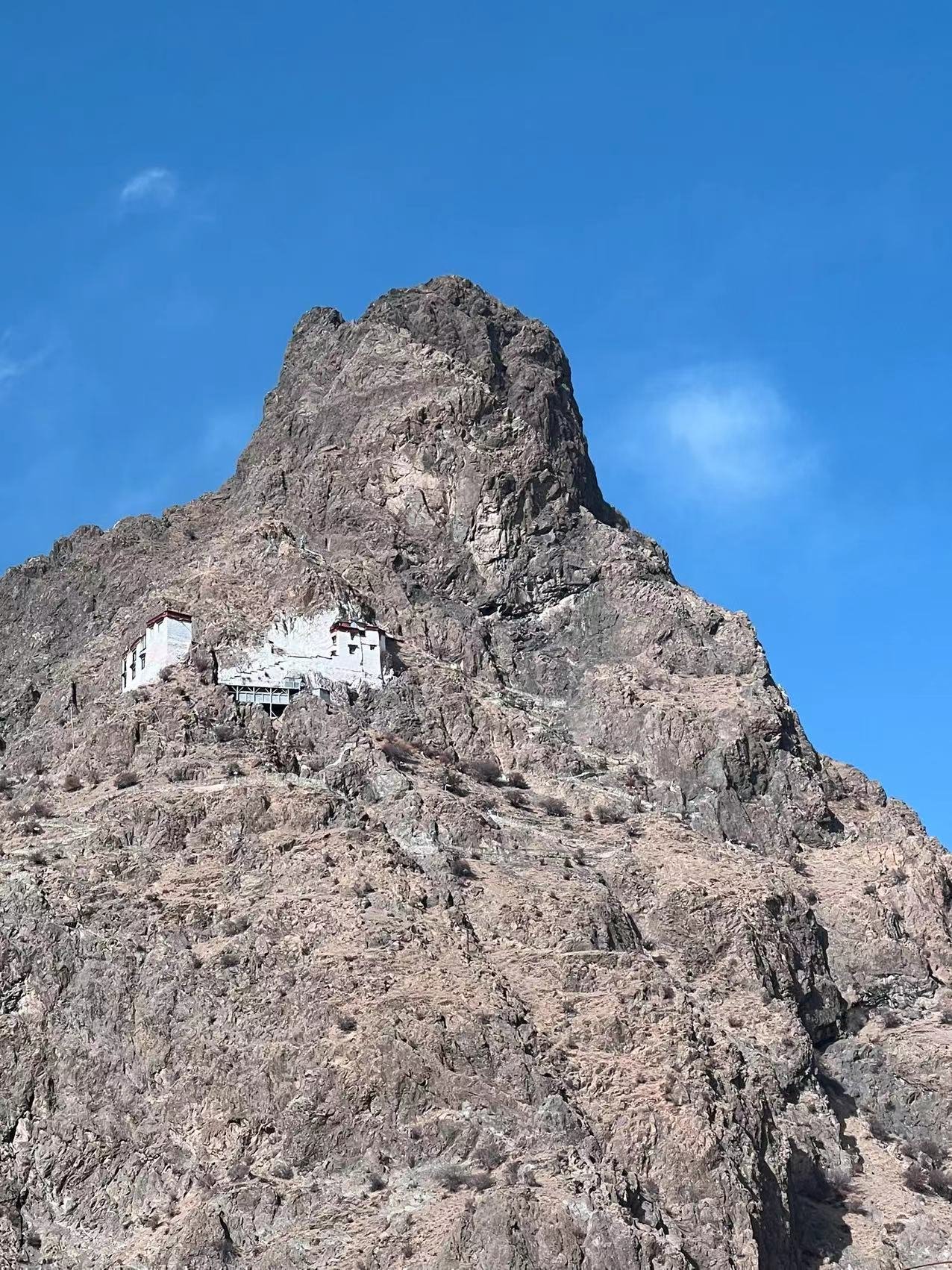
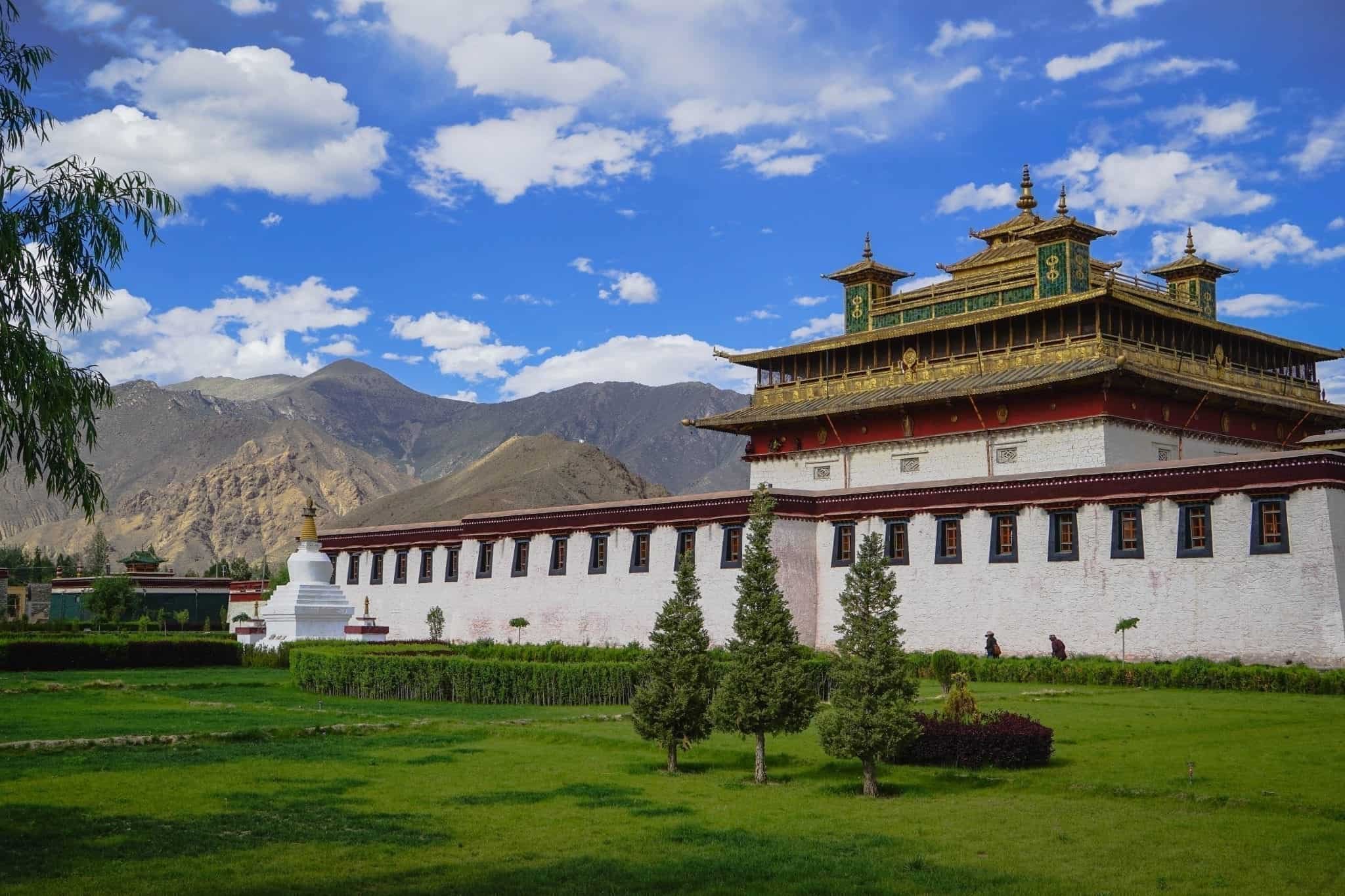

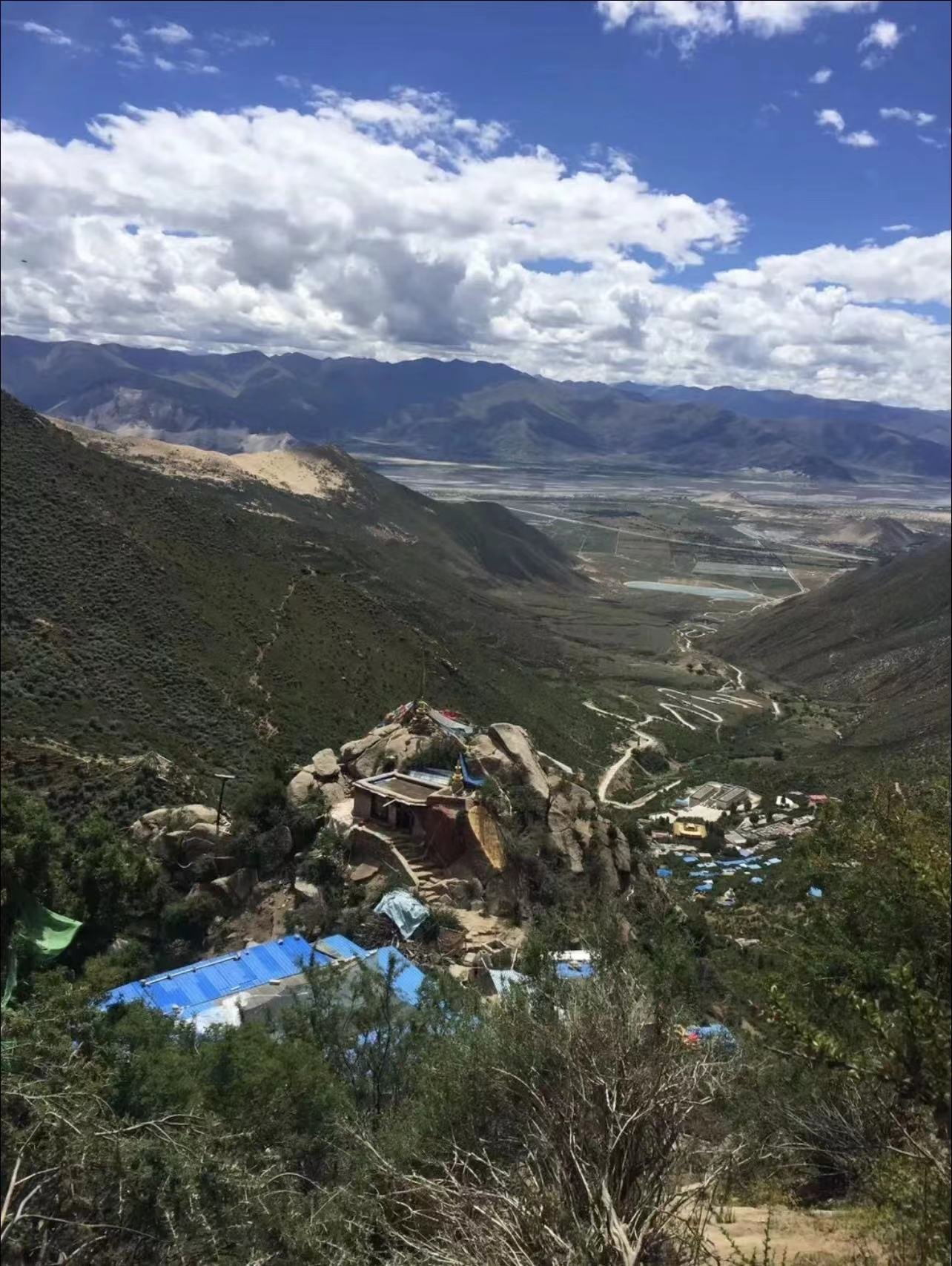

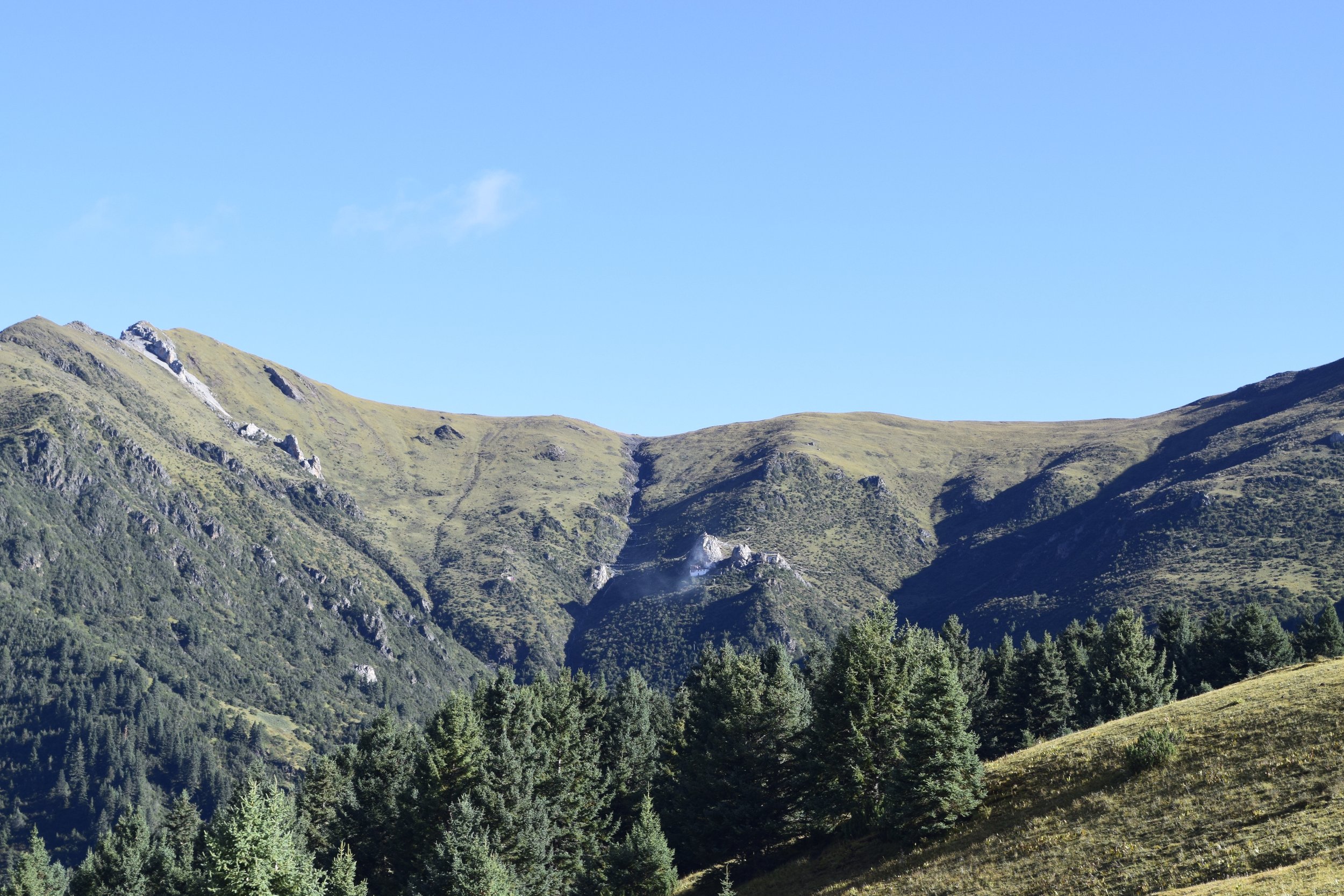
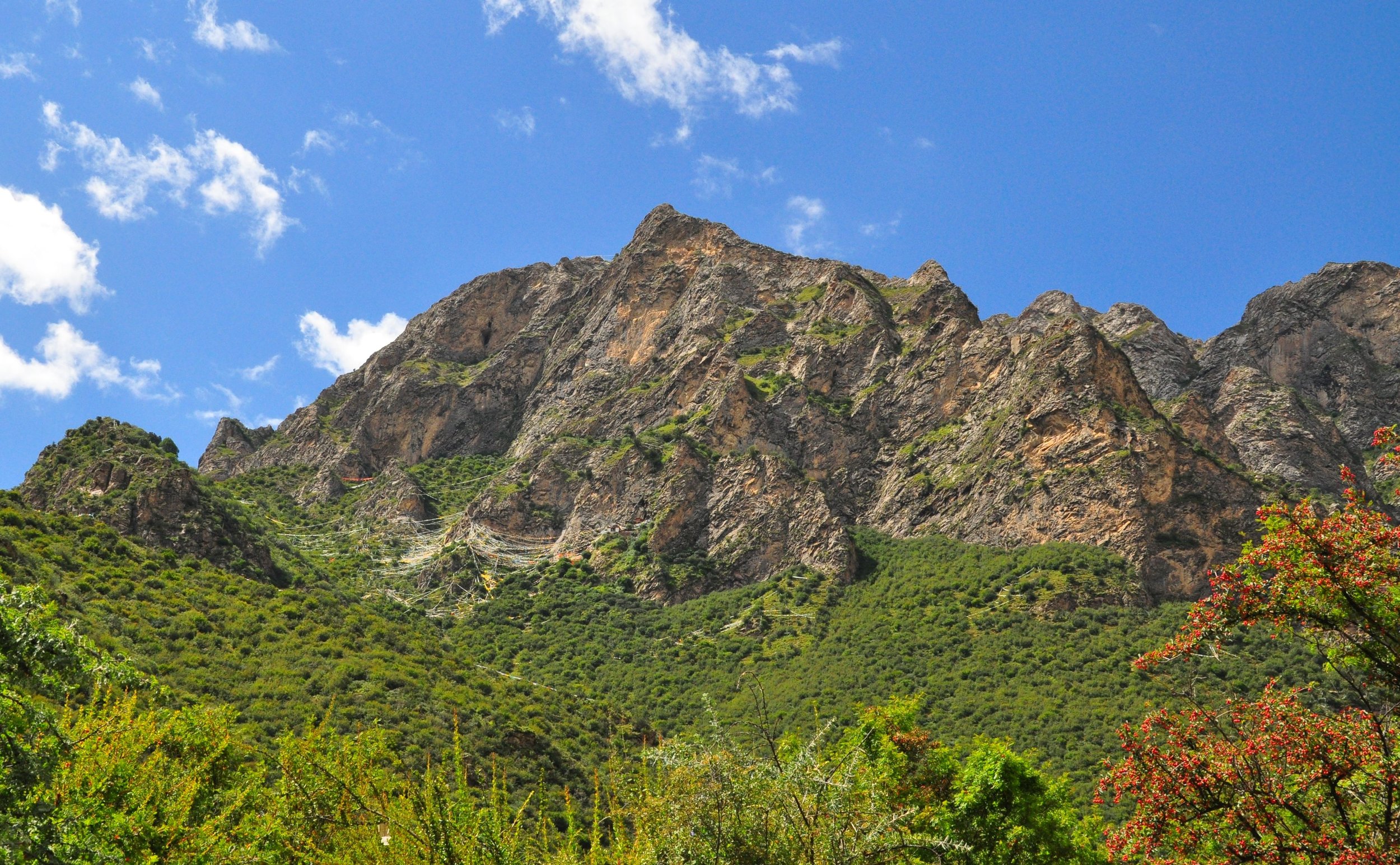
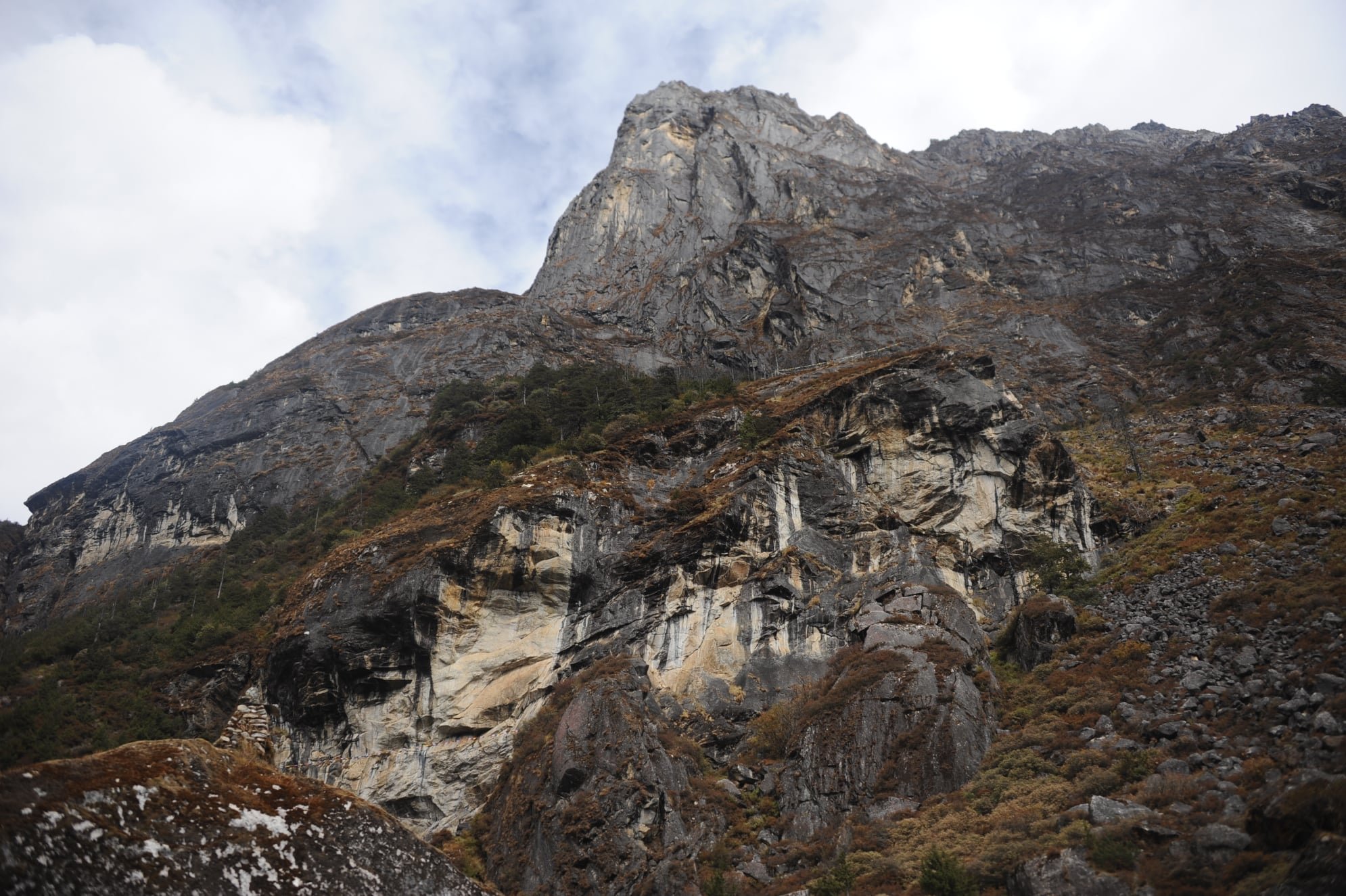
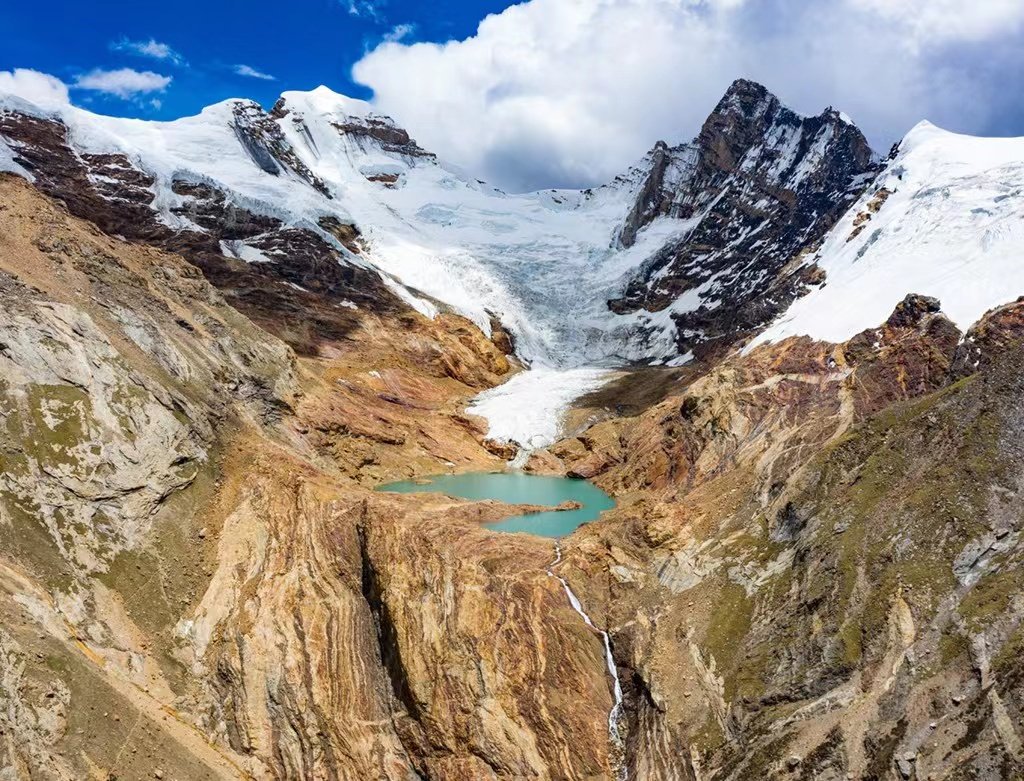
Over these past years, our journey in the footsteps of the Lotus-Born Guru has taken us through the rolling hills and valleys of Nepal and across the vast plains of India. The lotus flower from which Padmasambhava took birth on Lake Dhanakosha still blooms in the heart of the faithful, just as the charnel grounds of Ancient India still blaze with the fierce presence of the dakinis. The mountains of Nepal, too, still harbor sites of practice and pilgrimage, all established in perfect preparation for this, greatest of his feats: the transmission of the Dharma to Tibet, and thence to the world at large.
The following section is a companion to our book, Following in Your Footsteps: The Lotus-Born Guru in Tibet, which offers the full stories of these profound sites of spiritual accomplishment.
The Land of Snow
Greater Tibet, a vast plateau in the Himalayas known as the "Land of Snow" and the "Roof of the World," is a region of stunning natural beauty guarded by towering mountains. Tibetans have traditionally lived simple lives as farmers, shepherds, and traders, deeply connected to the natural world. Their heartfelt aspirations led to the introduction of Buddhism to this isolated region. Despite significant challenges, the Tibetans successfully established Buddhism in their homeland, creating a unique spiritual haven where the Dharma has flourished for over a millennium. The following section focuses on the role of the Mahaguru in this endeavor, marking a turning point in the history of Buddhism in Tibet.
Establishing the Support for Enlightened Body
In the heart of Tibet, the Mahaguru met with Abbot Shantarakshita and Dharma King Trisong Detsen and their joint aspiration became clear: this land desperately needed a temple for the Three Jewels, a place for their veneration and devotion, and a permanent residence for the Sangha. An outer residence for the Sangha meant creating a sacred space for enlightened activity, where teachers and students would meet in a most intimate way, transmitting and receiving the Dharma on a grand scale. No expense or effort were spared in the building Tibet’s first monastery: Samye (The Inconceivable). The most skilled artisans from Nepal worked alongside Tibet’s best builders—together crafting the temples, stupas, and statues. Even the spirits joined in this endeavor, while the Dharma King Trisong Detsen emptied his entire treasury to fund the great work.
Establishing the Support for Enlightened Speech
Once Samye monastery had been built, the Mahaguru, the Abbot and the Dharma King initiated a vast translation project to render the Dharma into Tibetan leading to centuries of translation work that established Tibetan as a crucial language for Buddhist texts. One hundred and eight intelligent youths were trained in India's ancient languages, and they returned with scriptures and scholars. Samye Monastery became the hub for translating a wide range of Dharma texts, including Sutra, Mantra, medicine, and science. This monumental effort continues to benefit people worldwide by preserving the scriptures and explanations of Buddhism by eminent scholars.
Establishing the Support for Enlightened Mind
All along the Mahaguru gathered devoted disciples from both monastic and lay communities, among whom were King Trisong Detsen and twenty-five disciples. It was, in particular, to these students that the Mahaguru imparted the complete Buddhadharma through in-depth teachings and transformative empowerments. This meeting of a perfect teacher with perfect students, supported by perfect teachings and location, allowed Tibet to become a realm conducive to the highest spiritual realization. When Guru Padmasambhava left Tibet, his profound instructions continued to be upheld, and the torch of the Buddhadharma was passed to the Tibetans as it was fading in India. This unbroken lineage of realization has been transmitted from generation to generation, supporting the Vajrayana teachings up to the present day.
Establishing Sacred Sites
During his time in Tibet, Guru Padmasambhava visited and blessed countless places in Tibet, leaving his spiritual imprint everywhere. There was no location, not even as small as a hoofprint, untouched by his presence. He often selected specific sites, especially caves, for extended retreats focused on Vajrayana practice. These places possessed unique qualities that acted as powerful catalysts, enhancing spiritual practice and accelerating progress on the path to enlightenment.
After consecrating these locations, Guru Padmasambhava instructed his students to practice at these designated sites, further infusing them with blessings through their spiritual endeavors. Practitioners and pilgrims have sought to maintain a connection with Guru Rinpoche by receiving blessings at these sacred places and entering retreats there, leading to the emergence of treasures, teachings, and the preservation of Guru Padmasambhava's lineage and traditions to this day.
Exploring these sacred sites in Tibet and beyond allows us to walk in the footsteps of this extraordinary journey of awakening.
Words From the Masters
A Beautiful and Wondrous Udumbara Garland: A Supplication and Summary of the Chronicles of Padma – Jamyang Khyentsé Wangpo

